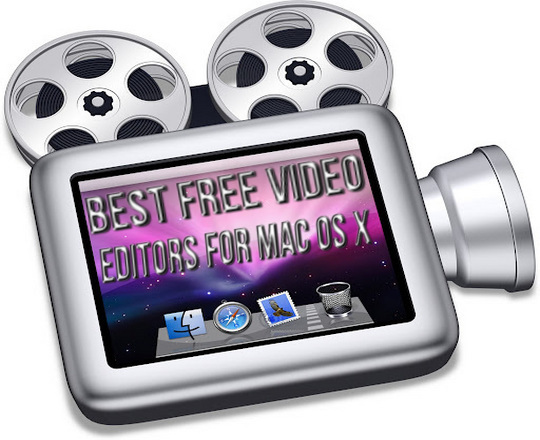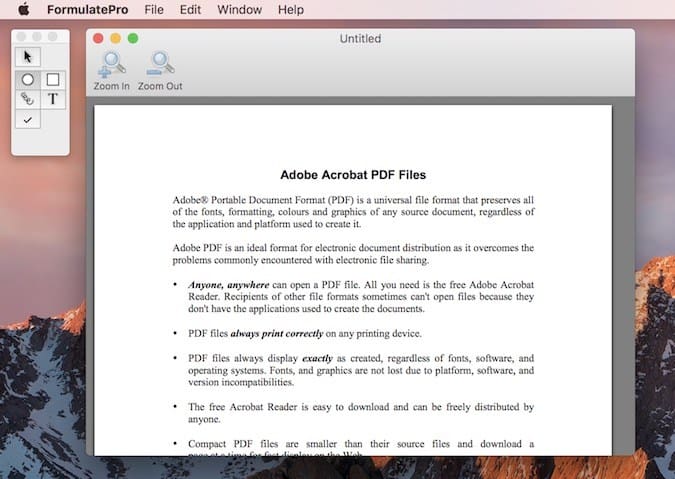
Shotcut is a modern and flexible tool that can help both teachers and students to produce videos. During my lifetime I have witnessed the move from reel-to-reel films, to VCRs, and then DVD players which were followed by the on-line streaming formats we use on a daily basis today, whether for professional purposes or “binging” on a new TV series.

Video formats have evolved quite a bit over the last few decades.

Videos are used extensively by teachers since they often succinctly resume topics with visual and auditory data and cues. A few notable improvements are related to thread safety (during timeline changes and video playback caching), multi-threaded unit tests designed to flush out race conditions and concurrency issues, safer object clean-up and deletion, and updates to the Undo/Redo system to prevent crashes (for example, when spamming undo)," explains Jonathan Thomas, OpenShot Creator.The default interface in Shotcut that appears prior to importing media Using Video in Class and On-line This was a unique challenge, both in finding clever ways to identify and reproduce crashes, and finding solutions that don't impact the performance of OpenShot. "We have worked tirelessly over the past 12 months to identify and fix as many stability issues as possible in OpenShot. The developers brag that it includes over a thousand changes. And now, OpenShot has reached a new major milestone - version 3.0. This cross-platform video editor can run on Windows and macOS too, meaning you can try it on one of those platforms to see if it meets your needs before switching to Linux. While it's true there are more video editing programs on macOS and Windows, there are some great options on Linux too, such as Kdenlive and DaVinci Resolve.Īnother popular video editing application that runs on Linux is the open source OpenShot.

One of the big reasons some people don't switch to Linux is a lack of video editors.


 0 kommentar(er)
0 kommentar(er)
